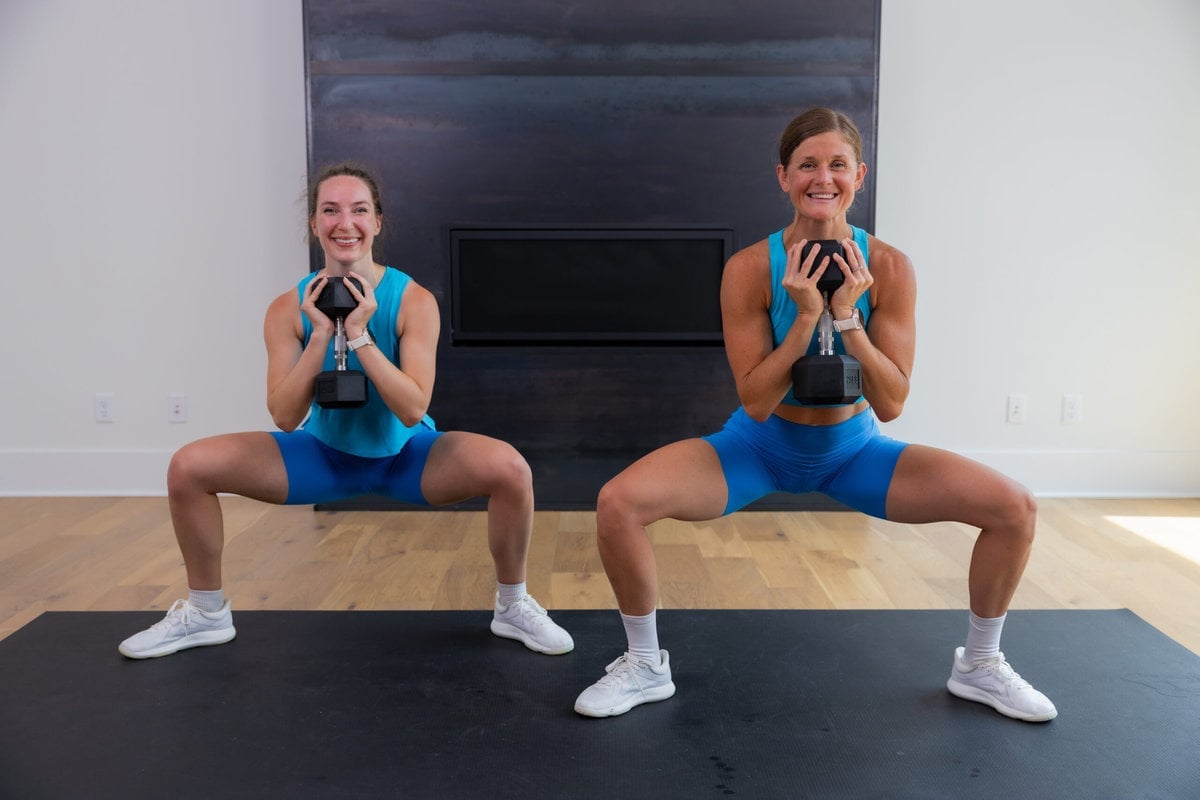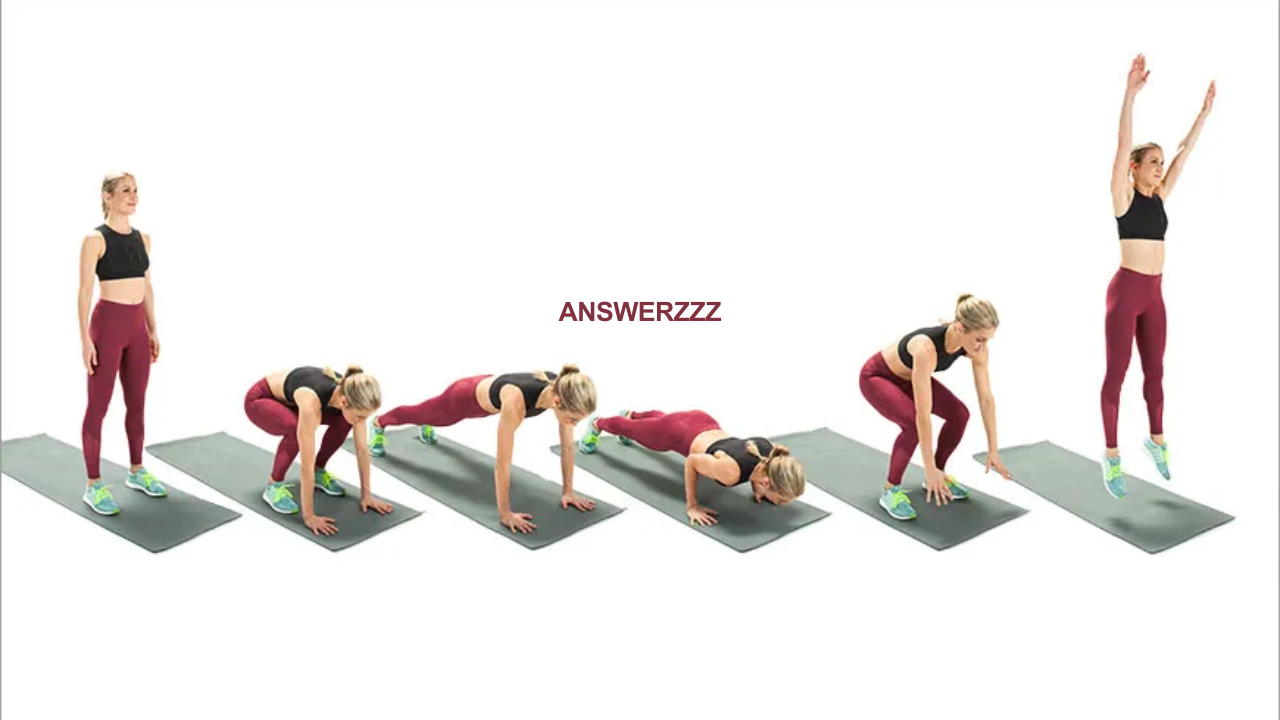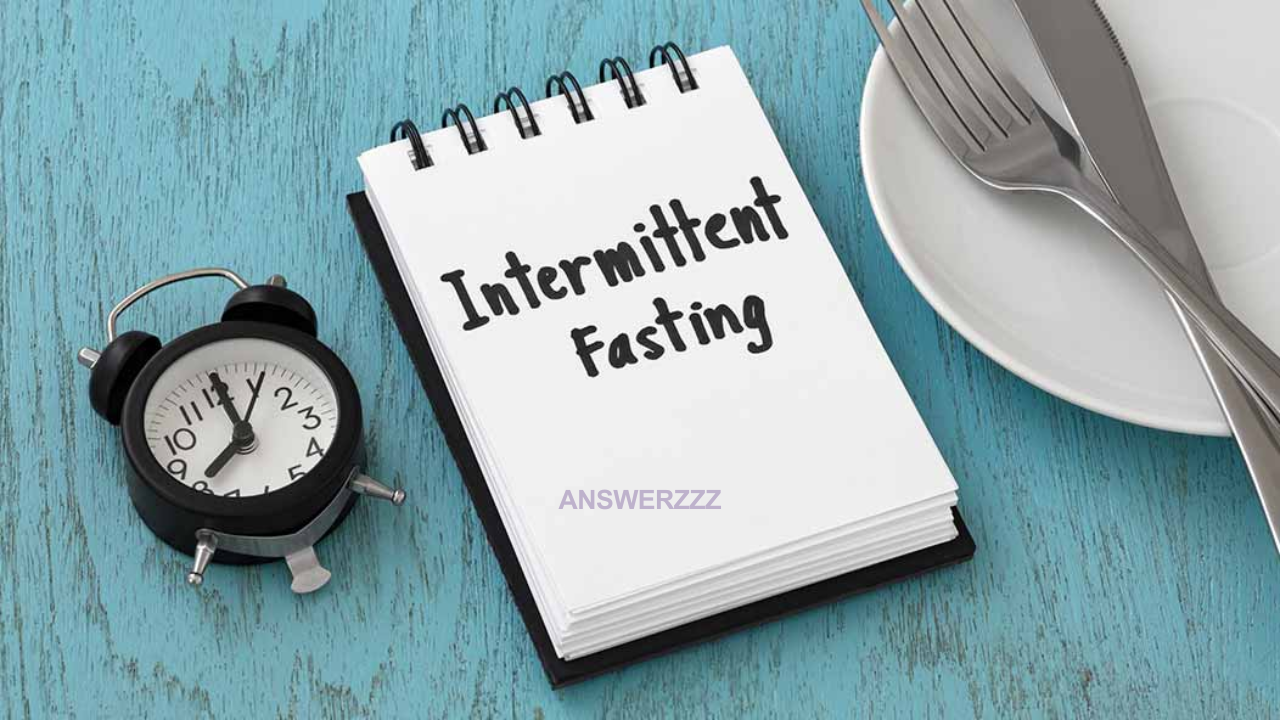Starting your fitness journey can feel overwhelming, especially with the sheer volume of workouts and training plans available. But the truth is, it doesn’t have to be complicated. As a beginner, the key is to focus on simple, foundational exercises that build strength, improve flexibility, and enhance overall stamina. These exercises will not only kickstart your fitness journey but also lay the groundwork for more advanced routines in the future.
This comprehensive guide outlines the top 5 beginner-friendly exercises that can help you get started on the right foot. Whether you aim to lose weight, build strength, or simply stay active, these exercises will suit your needs.
1. Bodyweight Squats
Why Squats?
Squats are a cornerstone of fitness and an excellent exercise for beginners. They work multiple muscle groups, including the quadriceps, hamstrings, glutes, and core. Not only do squats help strengthen your lower body, but they also enhance mobility and balance.
How to Perform a Bodyweight Squat:
- Starting Position: Stand with your feet shoulder-width apart. Keep your chest up, shoulders back, and core engaged.
- Movement:
- Bend your knees and push your hips back as if you’re sitting in a chair.
- Lower yourself until your thighs are parallel to the ground or as low as your flexibility allows.
- Return: Press through your heels to stand back up to the starting position.
- Repetitions: Start with 10–15 reps for 2–3 sets.

Tips for Beginners:
- If you struggle with balance, hold onto a sturdy surface, like a chair or wall.
- Ensure your knees don’t extend past your toes while squatting.
- Gradually increase depth as your flexibility improves.
2. Push-Ups
Why Push-Ups?
Push-ups are a timeless exercise that strengthens the upper body, particularly the chest, shoulders, triceps, and core. They require no equipment and can be modified to match your fitness level.
How to Perform a Push-Up:
- Starting Position: Begin in a high plank position with your hands slightly wider than shoulder-width apart and your body forming a straight line from head to heels.
- Movement:
- Lower your body by bending your elbows, keeping them close to your sides.
- Lower yourself until your chest is just above the ground.
- Return: Push through your palms to return to the starting position.
- Repetitions: Start with 5–10 reps for 2–3 sets.
Modified Versions:
- Knee Push-Ups: Perform the exercise with your knees on the ground for reduced intensity.
- Incline Push-Ups: Place your hands on a higher surface, such as a countertop or bench.
Tips for Beginners:
- Maintain a straight back and avoid sagging hips.
- Focus on controlled movements rather than speed.
- As you build strength, progress to full push-ups.
3. Plank
Why Plank?
The plank is one of the best core-strengthening exercises. It engages multiple muscle groups, including your abs, shoulders, back, and glutes, making it a great full-body workout for beginners.
How to Perform a Plank:
- Starting Position: Begin in a forearm plank position with your elbows directly under your shoulders and your body in a straight line.
- Hold: Engage your core and hold the position for as long as you can, aiming for 15–30 seconds to start.
- Progression: Gradually increase the hold time as you get stronger.
Tips for Beginners:
- Keep your hips in line with your shoulders—avoid letting them sag or rise too high.
- If a full plank feels too challenging, perform it with your knees on the ground.
- Focus on steady breathing throughout the hold.
4. Lunges
Why Lunges?
Lunges are another excellent lower-body exercise that improves strength, balance, and coordination. They target the quadriceps, hamstrings, glutes, and calves, making them a great addition to any beginner’s routine.
How to Perform a Lunge:
- Starting Position: Stand tall with your feet hip-width apart.
- Movement:
- Step one foot forward and lower your body until both knees are bent at approximately 90 degrees.
- Ensure your front knee stays above your ankle, and your back knee hovers just above the ground.
- Return: Push through your front foot to return to the starting position.
- Repetitions: Perform 8–12 reps on each leg for 2–3 sets.
Tips for Beginners:
- Start with small steps to maintain balance.
- Use a sturdy surface for support if needed.
- Alternate legs to complete a set.
5. Glute Bridges
Why Glute Bridges?
Glute bridges are perfect for beginners looking to strengthen their posterior chain (glutes, hamstrings, and lower back). They also help improve posture and alleviate lower back pain.

How to Perform a Glute Bridge:
- Starting Position: Lie on your back with your knees bent and feet flat on the ground, hip-width apart. Place your arms at your sides with palms facing down.
- Movement:
- Press through your heels and lift your hips toward the ceiling, creating a straight line from your shoulders to your knees.
- Squeeze your glutes at the top of the movement.
- Return: Lower your hips back to the starting position.
- Repetitions: Perform 10–15 reps for 2–3 sets.
Tips for Beginners:
- Avoid overextending your back at the top of the movement.
- Focus on controlled, deliberate movements.
- Add a resistance band around your thighs for an extra challenge as you progress.
Additional Tips for Beginners:
- Warm-Up: Always start with a 5–10 minute warm-up, such as brisk walking, dynamic stretches, or light cardio, to prepare your body for exercise.
- Focus on Form: Proper technique is more important than the number of repetitions. Take your time to master each movement.
- Stay Consistent: Aim for at least 3–4 workout sessions per week to build a habit and see progress.
- Rest and Recovery: Allow your muscles time to recover by taking rest days and getting adequate sleep.
- Hydration and Nutrition: Stay hydrated and fuel your body with nutritious foods to support your fitness goals.
Benefits of These Exercises for Beginners:
- Accessibility: No equipment is needed, making them easy to do at home or anywhere.
- Efficiency: These exercises target multiple muscle groups simultaneously, offering a full-body workout in a short time.
- Adaptability: They can be modified or progressed as your fitness level improves.
- Foundation for Progression: Mastering these moves sets the stage for more advanced exercises and training programs.
Sample Beginner Workout Plan:
Here’s a simple workout plan incorporating the five exercises mentioned above:
Day 1: Strength and Core
- Bodyweight Squats: 3 sets of 12 reps
- Push-Ups (Modified if needed): 3 sets of 8 reps
- Plank: 3 rounds of 20–30 seconds
Day 2: Lower Body and Core
- Glute Bridges: 3 sets of 12 reps
- Lunges: 2 sets of 8 reps per leg
- Plank: 3 rounds of 30 seconds

Day 3: Active Recovery
- Light yoga or a 20-minute walk
Day 4: Full Body
- Bodyweight Squats: 3 sets of 15 reps
- Push-Ups: 3 sets of 10 reps
- Lunges: 3 sets of 10 reps per leg
- Glute Bridges: 3 sets of 15 reps
- Plank: 3 rounds of 30–40 seconds
Overcoming Common Challenges:
- Lack of Motivation: Set realistic goals, track your progress, and celebrate small wins.
- Soreness: Expect some muscle soreness initially, but listen to your body and rest when needed.
- Time Management: Start with 10–15 minutes a day and gradually increase the duration as you get more comfortable.
Starting your fitness journey doesn’t require expensive gym memberships or complicated routines. By focusing on simple, effective exercises like squats, push-ups, planks, lunges, and glute bridges, you can build strength, improve endurance, and create a solid foundation for a healthier lifestyle.
Remember, the key to long-term success is consistency and patience. Begin with these beginner-friendly exercises, listen to your body, and gradually challenge yourself as you grow stronger. Your fitness journey is personal, so take it one step—or rep—at a time!



